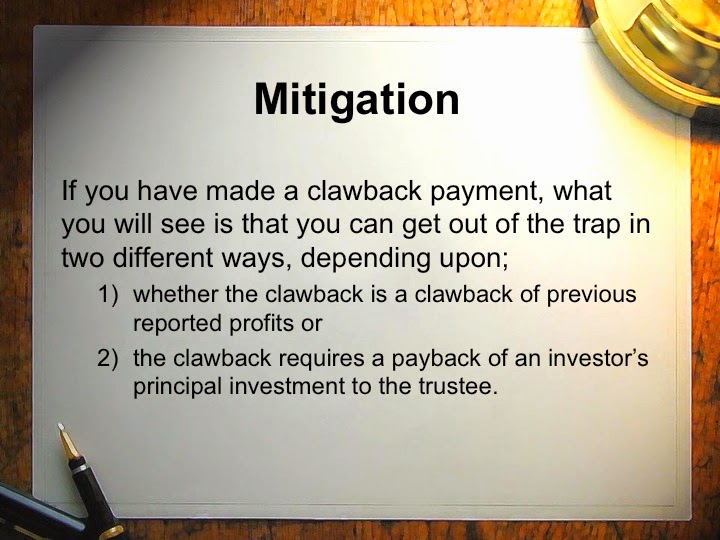This article unfolds in an interesting fashion. Every item we cover in this article is a building block to the next item – until we come to the last portion of the presentation when it will all fit together.
Any lawyer involved in a clawback settlement agreement must, where possible, in the settlement agreement, distinguish between and earmark the two types of clawback that can happen. There can be a clawback of profits earned from the ponzi scheme or a clawback of invested principal.As you will see there is a distinctly different tax treatment between the two clawbacks and as a general rule, clawbacks allocated to profit losses may be more valuable for larger refunds but also may be more treacherous to deal with.
One cannot understand the taxation of the clawback in a ponzi scheme without first understanding how a direct ponzi scheme loss is treated under the tax law.The “direct ponzi scheme” loss is the loss that occurs when the scheme explodes and nothing is left as opposed to the loss that results from clawback payments. These are payments made after the Ponzi scheme becomes a bankrupt estate.





